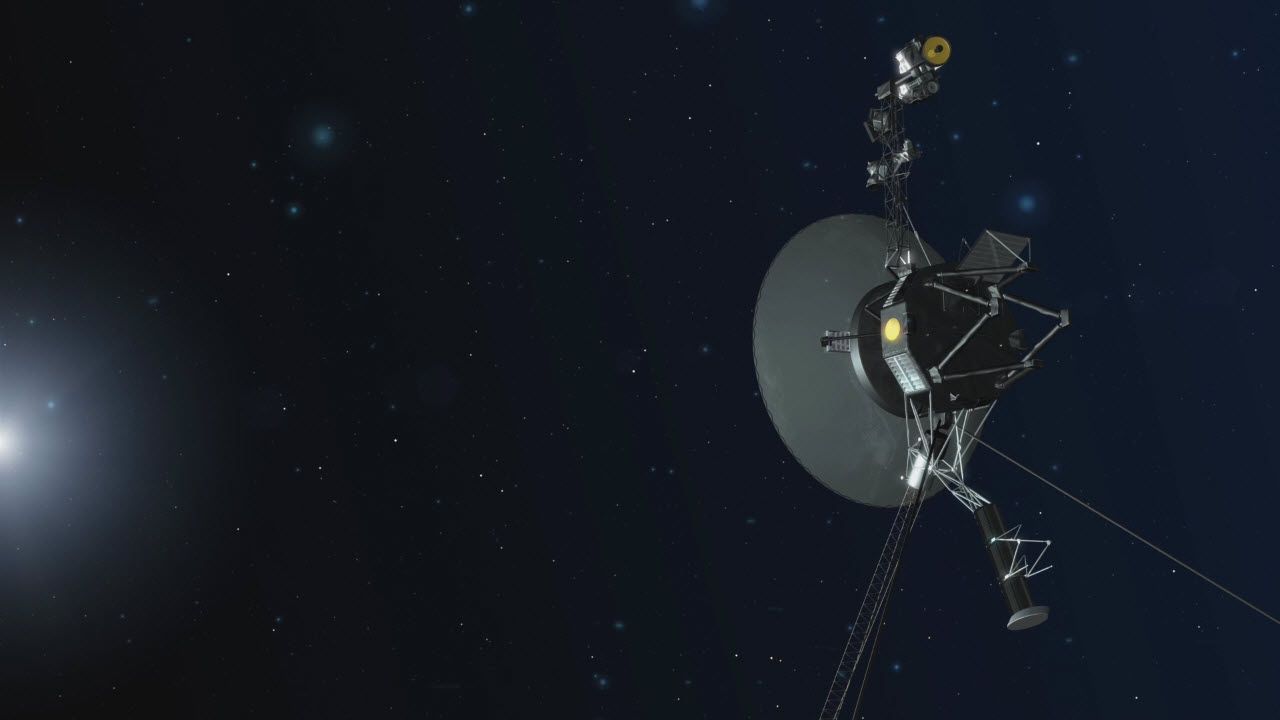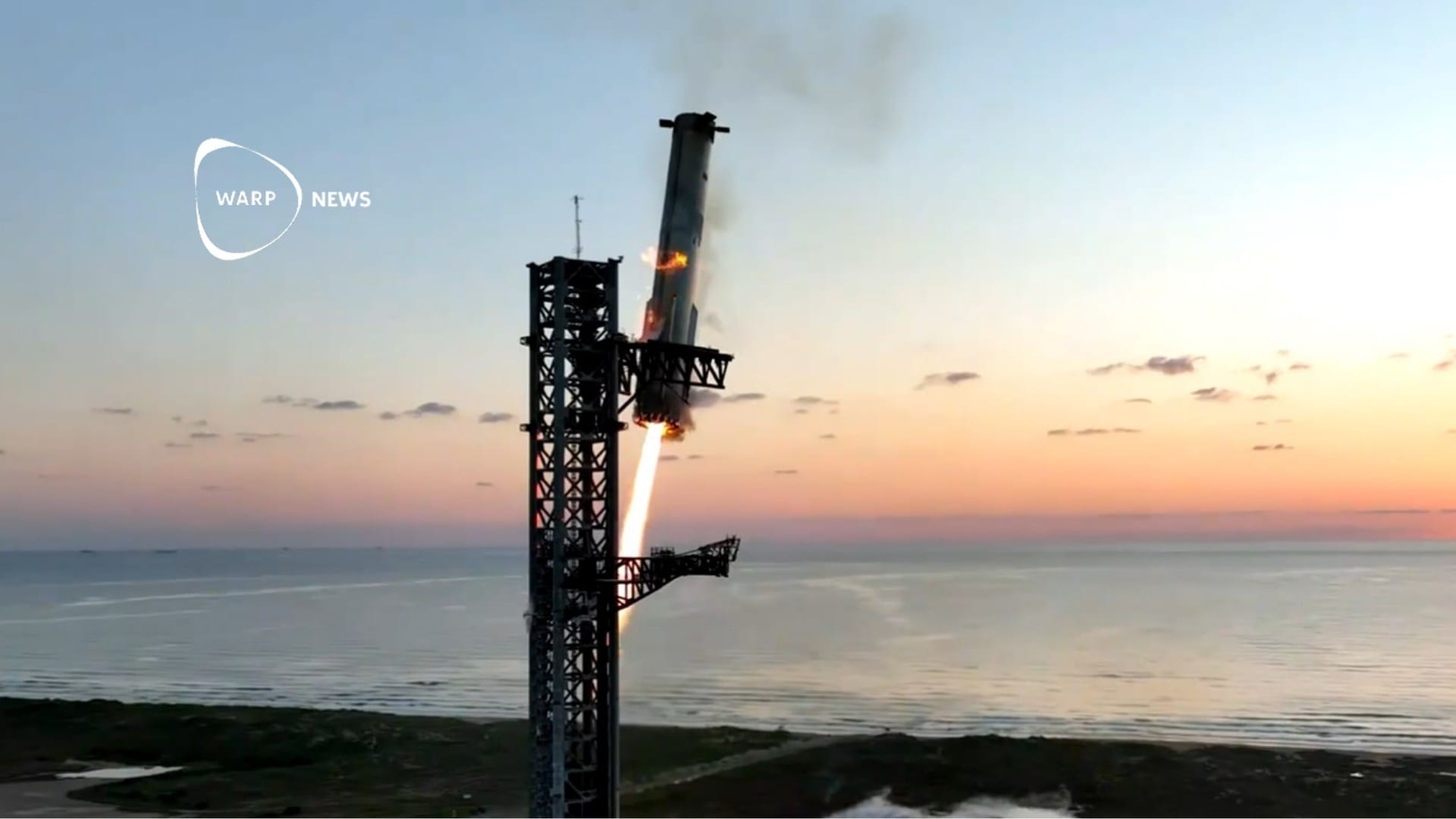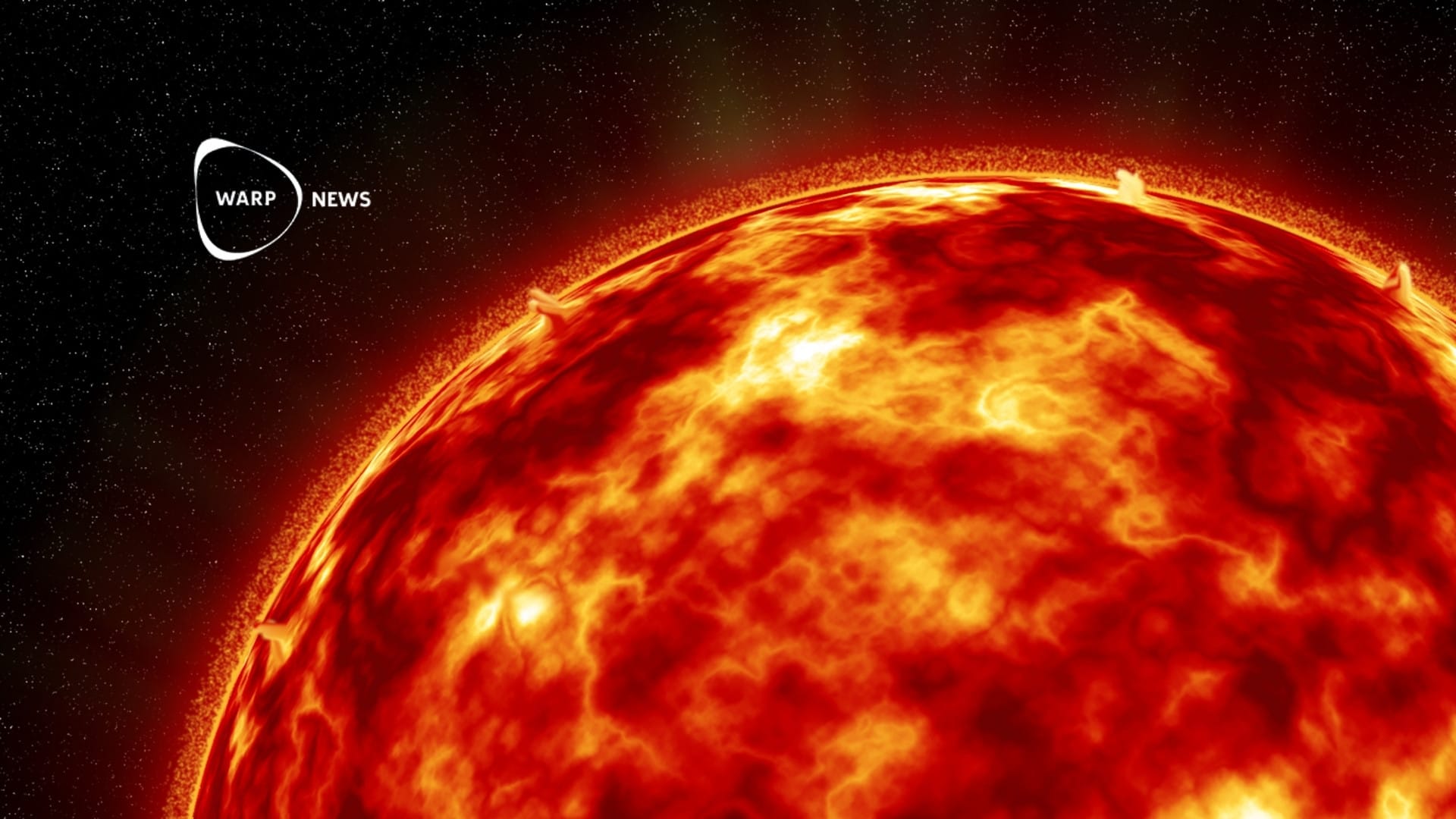
🛰️ NASA brings Voyager 2 fully back online, 11.5 billion miles from Earth
In an incredible feat of remote engineering, NASA has fixed one of the most intrepid explorers in human history. Voyager 2, currently some 11.5 billion miles from Earth, is back online and resuming its mission to collect scientific data on the solar system and the interstellar space beyond.
Share this story!
On Wednesday, February 5 at 10:00 p.m. Eastern, NASA's Voyager Twitter account gave out the good news: Voyager 2 is not only stable, but is back at its critical science mission.
"My twin is back to taking science data, and the team at @NASAJPL is evaluating the health of the instruments after their brief shutoff," the account tweeted.
Voyager 2 is sister craft to Voyager 1. Both have been traveling through the solar system — and now beyond it — for the last four decades. Together, they have transformed our understanding of our stellar neighborhood and are already revealing unprecedented information about the interstellar space beyond the Sun's sphere of influence.
Good vibes! Voyager 2 continues to be stable, and communications between Earth and the spacecraft are fine.
— NASA Voyager (@NASAVoyager) February 6, 2020
My twin is back to taking science data, and the team at @NASAJPL is evaluating the health of the instruments following their brief shutoff. https://t.co/LmsWQ7wPat pic.twitter.com/xyhM1G8sTD
In a statement, NASA confirmed that Voyager 2 is back in business.
"Mission operators report that Voyager 2 continues to be stable and that communications between the Earth and the spacecraft are good. The spacecraft has resumed taking science data, and the science teams are now evaluating the health of the instruments," the agency said.
The fix is no mean feat: It takes 17 hours one-way to communicate with Voyager 2 from Earth, which is the second furthest away man-made object in space (Voyager 1 is the furthest man-made object). That means a single information relay takes 34 hours.
WHAT HAPPENED TO VOYAGER 2?
The spacecraft had run into trouble on January 28, when NASA revealed that it had unexpectedly — and for unknown reasons — shut down.
Here's the skinny: My twin went to do a roll to calibrate the onboard magnetometer, overdrew power and tripped software designed to automatically protect the spacecraft.
— NASA Voyager (@NASAVoyager) January 29, 2020
Voyager 2's power state is good and instruments are back on. Resuming science soon. https://t.co/4buDM32bap pic.twitter.com/4T856Lpxjm
Voyager 2 went black right before it was scheduled for a maneuver in which the spacecraft rotates 360 degrees in order to calibrate one of its instruments on board.
But the spacecraft didn't make the move. As a result, two of its systems — both of which consume a lot of power — were running at the same time, according to a statement by NASA.
The most likely problem was that the spacecraft was using up too much of its available power supply, which triggered protection software. The software automatically turns off Voyager 2’s science instruments when there is a power overload to save on power. It only has a finite supply, after all.
As of this writing, NASA hasn't confirmed or denied whether that is what actually happened. Only time will tell whether the agency ever gets an answer to what went wrong. But for now, we can all rest assured that Voyager 2's mission is far from over yet. If all goes well, it should have another five years of life left, meaning five more years of data collection from an area of space we humans have no other way of studying.
This article first appeared at Inverse.com
Want to get a dose of fact-based optimism in your mailbox once a week? Don't miss subscribing to our newsletter.
Warp News is run by the nonprofit Warp Institute, headquartered in Stockholm, Sweden and Raleigh, North Carolina, United States.
The world is better now than ever before!
But most people still have a negative view of the future. We think one important reason is the negative bias in news media.
Warp News balances that by delivering fact-based optimistic news.
By becoming a premium supporter, you help in the creation and sharing of fact-based optimistic news all over the world.


